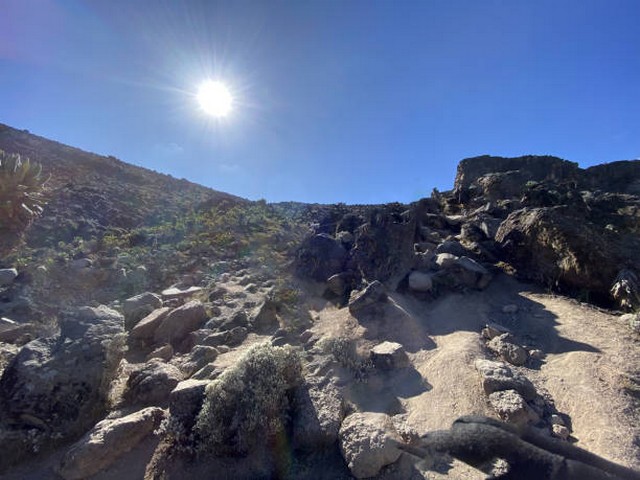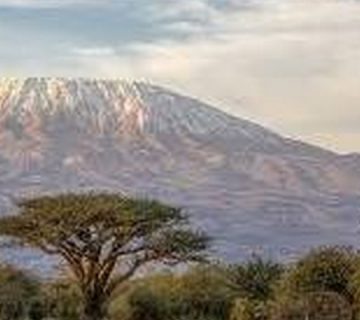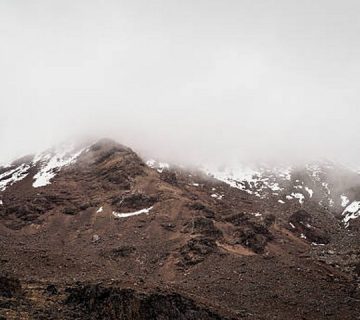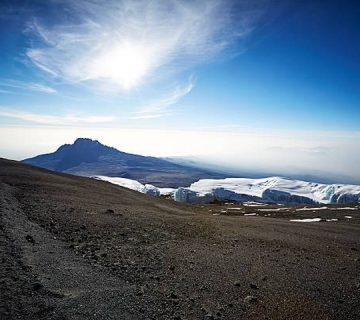Kilimanjaro Trek Gear For Comfort And Safety: Your Ultimate Guide
Embarking on a journey to the roof of Africa, Mount Kilimanjaro, is a dream for many adventurers. But as you prepare to conquer one of the world’s most famous summits, it’s crucial to ensure you’re well-equipped for the challenge. At the Kilimanjaro Centre for Trekking and Ecotourism (KCTE), we understand the importance of proper gear for both comfort and safety. That’s why we’ve crafted this comprehensive guide to help you pack exactly what you need for an unforgettable and secure climb.
The Importance of Choosing the Right Gear
Trekking Kilimanjaro is no ordinary adventure. Spanning several climate zones from tropical rainforest to arctic conditions at the summit, the mountain demands respect and preparation. The right gear can make the difference between a successful summit and an uncomfortable experience. It’s not just about enduring the trek; it’s about enjoying it. Let’s ensure your journey up this majestic mountain is as comfortable as it is exhilarating.
Essential Kilimanjaro Trekking Gear: What You Can’t Forget
Clothing: Layer Like a Pro
To handle Kilimanjaro’s diverse climates, layering is key. Start with a moisture-wicking base layer to keep you dry. Add a warm fleece or woolen mid-layer, and top it off with a waterproof and windproof jacket. Don’t forget your lower body; thermal leggings, trekking pants, and waterproof trousers are essential.
Footwear: Your Foundation
Invest in a good pair of waterproof, breathable hiking boots with excellent ankle support. Break them in well before your trek to avoid blisters. Pair them with moisture-wicking socks and consider thermal socks for summit night.
Headgear and Handwear: Protect Your Extremities
A sun hat, a beanie, and a balaclava will protect you from the sun and cold. For your hands, lightweight gloves for lower elevations and insulated waterproof gloves for higher altitudes are necessary.
Backpack and Daypack: Carry Your Essentials
A comfortable, fitted backpack is crucial. Consider a 60-70 liter bag for your main luggage and a smaller 20-30 liter daypack for daily trek necessities. Make sure they have rain covers.
Sleeping Gear: Rest Assured
A warm sleeping bag (rated at least -10 degrees Celsius) and an insulating sleeping pad are crucial for those cold mountain nights. Renting these from KCTE ensures high-quality and hassle-free preparation.
Miscellaneous Must-Haves
Don’t overlook sunglasses with UV protection, a headlamp for early morning or night treks, trekking poles for support, and a water bottle or hydration system to stay hydrated without constantly reaching for a bottle.
By ensuring each of these items is checked off your list, you’re setting yourself up for a safer and more enjoyable climb.
High-Altitude Health: Safety Gear and Practices
Health Kits: Be Prepared
Pack a basic first aid kit with plasters, antiseptic, painkillers, and altitude sickness medication (consult with a doctor). Also, include sunscreen and lip balm with high SPF to protect against UV rays.
Nutrition and Hydration: Fuel Your Ascent
High energy, easily digestible foods are best for high-altitude trekking. Nut bars, dried fruits, and jerky are great. Hydrate frequently; aim for 3-4 liters per day. Water purification tablets or a filter can ensure water safety from streams.
Technology for Safety: Stay Connected
A fully charged mobile phone in a waterproof case, possibly with a local SIM card for emergency calls, and a handheld GPS or a GPS-enabled device can be lifesavers in unexpected situations.
Tailoring Your Gear to Kilimanjaro’s Routes
Each route up Kilimanjaro offers different challenges and scenery, which might influence your gear choices. For instance, the longer Lemosho route allows more time for acclimatization but also means more days in potentially wet conditions, emphasizing the need for durable waterproof gear. Meanwhile, the faster Marangu route has hut accommodations, reducing the amount of camping gear needed. At KCTE, we can help tailor your gear list based on the route you choose.
Why Book Your Kilimanjaro Climb with KCTE?
At Kilimanjaro Centre for Trekking and Ecotourism, we offer more than just tours; we provide experiences tailored to your needs and dreams. Our expert guides, comprehensive gear rentals, and detailed preparation advice ensure that your journey to the summit is safe, comfortable, and absolutely unforgettable.
FAQs: Gear Up for Success
What is the most overlooked piece of gear for Kilimanjaro treks?
Often, trekkers forget to bring gaiters, which help keep your legs dry and prevent debris from entering your boots.
How do I choose the right backpack?
Look for one with adjustable straps, sufficient padding, and a hip belt to distribute weight evenly. Trying them on in-store with some weight can help find a comfortable fit.
Can I rent gear from KCTE?
Yes, we offer rental options for major trekking gear, including insulated jackets, pants, sleeping bags, and boots, all tested for Kilimanjaro’s extreme conditions.
Before You Go
Remember, climbing Kilimanjaro is as much about mental preparation as it is about having the right gear. Equip yourself with both, and you are ready to face the towering peak. As you set your sights on the summit, consider booking your trek with the Kilimanjaro Centre for Trekking and Ecotourism. Here, your dream climb will be supported by the best in service and safety.
Prepare to make unforgettable memories on Mount Kilimanjaro, equipped with the best gear for comfort and safety. Let KCTE be part of your journey to the top. Book your climb today, and take the first step toward the adventure of a lifetime!




